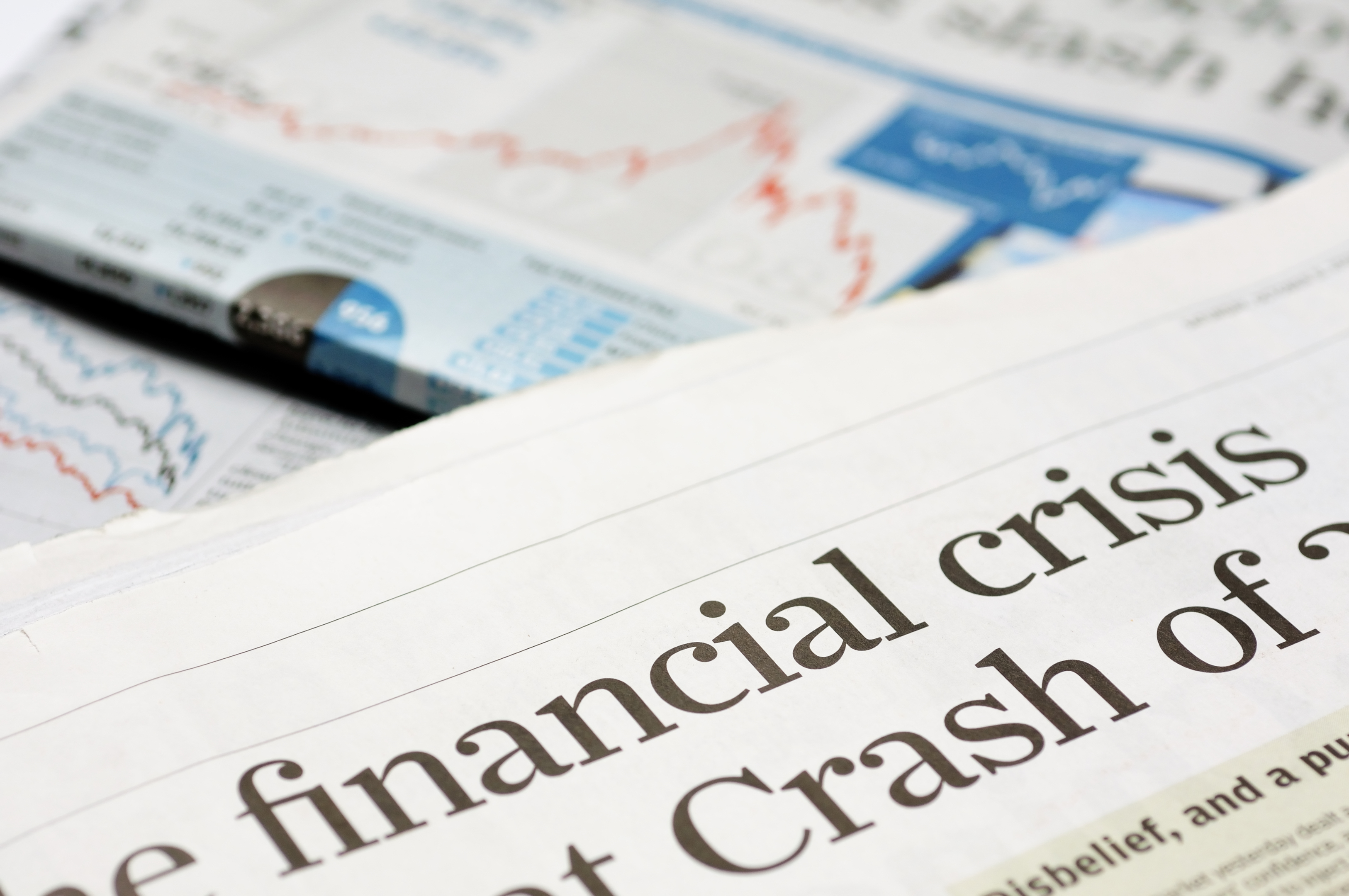
MORE than half of Scottish local authority areas are still trying to make up jobs lost since the financial crisis, a new report has found.
Research found the country’s labour market has held up “relatively well” in recent months and is within about a percentage point of its historic high, but that performance has “weakened” in the past year.
The Fraser of Allander Institute and Scottish Centre for Employment Research found in the year to September 2016 Scotland’s growth rate is a third of the UK rate.
Employment is down by 20,000, mainly driven by a fall in full-time work, and while unemployment has fallen by 27,000 in the year, this is due to an increase in people classified as economically inactive, which researchers suggest is driven by a rise in the long-term sick.
The report found Scotland has failed to bounce back from the financial crisis as well as the UK as it entered the recession with a better employment rate than the UK, but now lags behind all key indicators of employment, unemployment and economic activity.
Regional resilience to the recession is mixed, with 18 out of 32 local authorities having employment levels lower than 2007-08 while five had bounced back by 2013 and the remainder had made up the lost jobs by 2016.
Institute director Professor Graeme Roy said the sluggishness of growth in the Scottish economy is partly driven by challenges in oil and gas.
He said: “What is interesting is that, unlike the UK, Scotland has not regained the heights it reached just before the financial crisis in terms of key labour market outcomes.
“At the same time, we have long known that there have been substantial structural differences in labour market outcomes across Scotland.
“What this new analysis shows us is that there also appears to have been quite significant differences in terms of resilience to recession both in jobs lost and then jobs regained once growth returns.
“Understanding what has driven these differences and evaluating how policy at both a local and national level has either helped to narrow or widen them is crucial.”
He said closing the gap must be a “key priority” for the Scottish Government, adding: “This requires clear policy actions to boost growth and create jobs.
“New strategy documents, action plans, agency reviews and ambitions for ‘inclusive growth’ can only take you so far.”

Enjoy the convenience of having The Sunday Post delivered as a digital ePaper straight to your smartphone, tablet or computer.
Subscribe for only £5.49 a month and enjoy all the benefits of the printed paper as a digital replica.
Subscribe